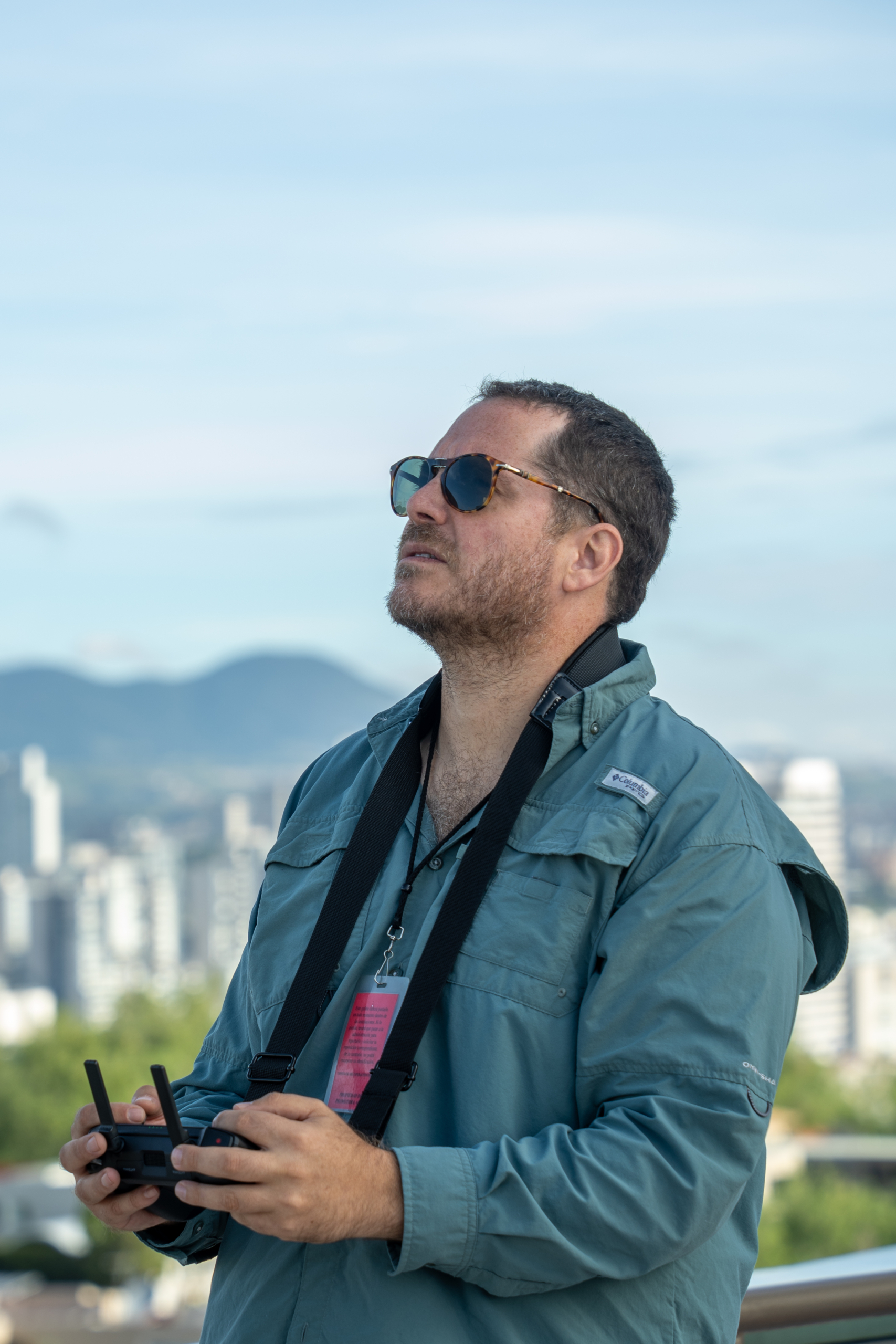What is Stabilized Drone?
Stabilized drones are specifically intended for aerial photography and videography, with the primary goal of capturing high-quality images and videos from the air. They have superior camera stabilization mechanisms that keep the camera steady while in flight, resulting in smooth and stable shots. Stabilized drones are frequently equipped with high-resolution cameras and a variety of manual and automated settings, making it simple to shoot breathtaking aerial footage.
What are FPV Drones?
In contrast, FPV drones are built for racing and high-speed flying, concentrating on speed and agility. They include cameras that offer a live video feed, letting the pilot see where they are flying in real-time and make split-second choices while in flight. FPV drones are smaller and lighter than stabilized drones, and they frequently have a larger battery and motors to sustain them.
Key Differences Between Stabilized and FPV Drones
- Stabilized drones are often bigger and heavier than FPV drones, having a more robust design to accommodate the camera equipment. FPV drones are smaller, lighter, and more agile in flight, allowing for greater speed and agility.
- Stabilized drones include modern camera systems as well as a larger range of manual and automated settings, making them perfect for shooting high-quality photographs and films. Smaller cameras on FPV drones are focused on giving a live video feed rather than recording high-quality photos.
- Flight stability: While stabilized drones feature superior stabilization mechanisms that keep the camera steady throughout the flight, FPV drones are built for rapid and agile flight, which might result in more unsteady footage.
- Stabilized drones often have more complex flight controls and a larger range of modes, allowing for more accurate and controlled flying. FPV drones are built for speed and agility, with simple and intuitive flying controls.
- Power and battery life: Stabilized drones often have bigger batteries to handle the extra weight and camera equipment, whereas FPV drones have smaller and lighter batteries that give less flying time but allow for greater speed and agility in the air.
- Cost: Because of their superior camera systems and higher-quality components, stabilized drones are often more expensive than FPV drones. FPV drones are less expensive, however, they may lack the same variety of functions and capabilities as stabilized drones.
How to Choose the Right Drone for Your Needs
It is critical to evaluate your demands and interests while selecting a drone. A stabilized drone is definitely the best choice if you’re searching for a drone for aerial photography or filmmaking. If you want to race or fly at high speeds, an FPV drone could be a better option. It’s also vital to consider your budget since both types of drones differ in price and capability. To choose the best drone for your needs, evaluate several models based on size, weight, camera capabilities, flying stability, flight controls, power and battery life, and cost.
Conclusion: Strengths and Weaknesses
Finally, both stabilized, and FPV drones have advantages and weaknesses, and the best option will depend on your target purpose and personal tastes. When making a purchase, it’s critical to do your research and evaluate different models, as well as consider your budget and unique demands. There’s a drone out there for you, whether you want one for aerial photography or cinematography or for racing and high-speed flying. However, keep in mind that flying drones, especially for commercial purposes, necessitates adequate training and certification, so educate yourself and adhere to all restrictions and requirements.








One Response
Hello there! This post could not be written any better! Looking through this article reminds me of my previous roommate! He continually kept talking about this. I am going to forward this information to him. Fairly certain he’s going to have a great read. I appreciate you for sharing!